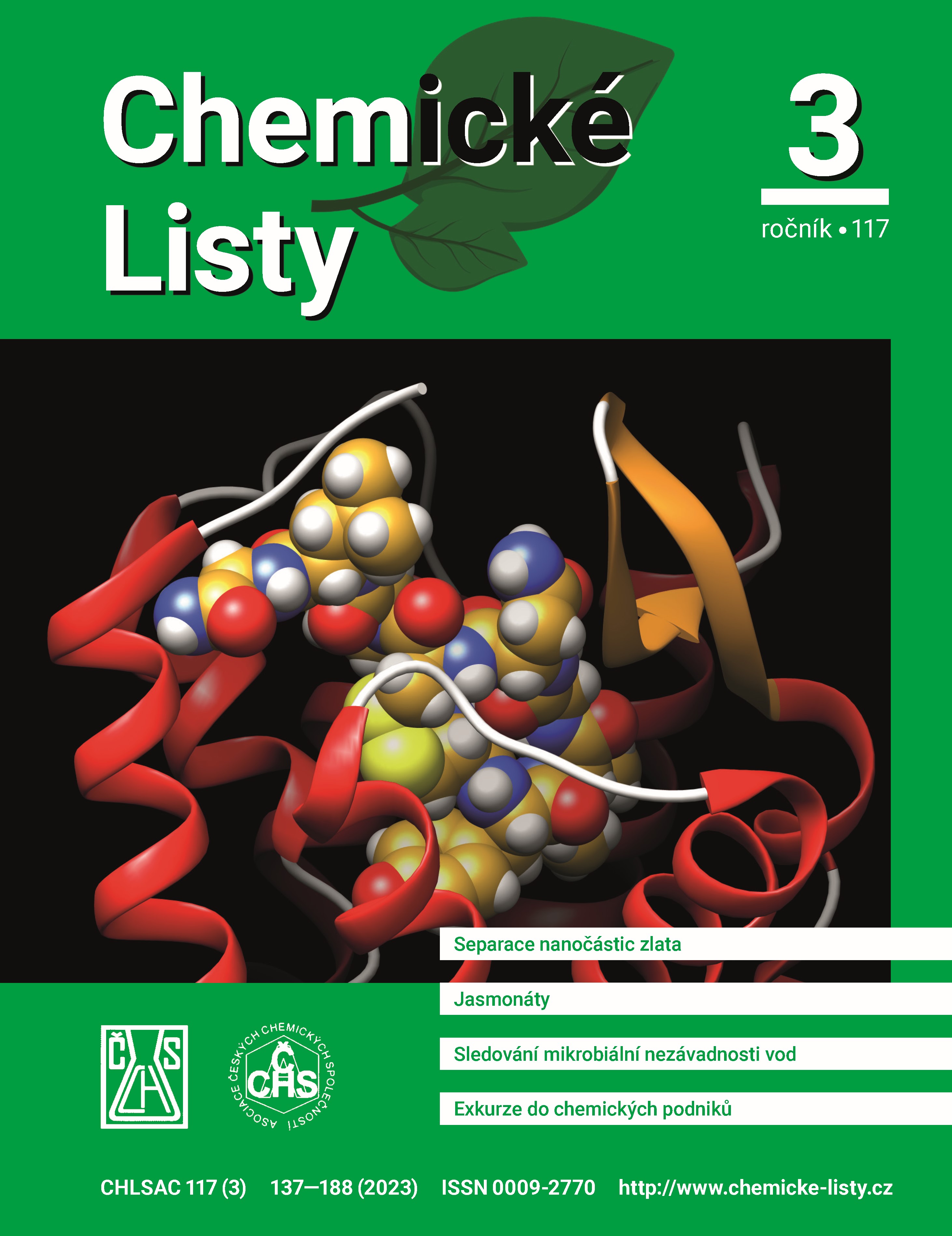A Further Insight into Extraction Procedures Suitable for Separation of Gold Nanoparticles from Environmental Waters
DOI:
https://doi.org/10.54779/chl20230138Keywords:
extraction procedures, gold nanoparticles, ionic gold species, separation mechanisms, potential interferents, dissolved organic matter, environmental watersAbstract
Gold nanoparticles (AuNP) are being utilized in an ever-expanding number of applications ranging from scientific research to industrial processes. Increasing nanoparticle emissions in the environment have become of public and academic concern. Since the effects of AuNP on human health are not fully understood, the accumulation of reliable and detailed data is critical for the assessment of their potential risk of harm to humanity. Even their concentrations in natural and engineered water systems do not belong to commonly published data. To obtain such information, the environmental chemists use various sophisticated analytical methods that are often very expensive. Therefore, this paper aims to challenge the analytical potential and advantages of cheaper and equally reliable alternatives that couple the well-established extraction procedures with common spectrometric methods to quantify the ultratrace concentrations of AuNP in complex aqueous matrices. Both types of extraction procedures, solvent extractions as well as sorbent extractions, are discussed in the text. A detailed inspection of different types of interactions that are responsible for the ability to selectively separate AuNP from mixtures containing various ionic species, gold ions, other metallic nanoparticles, and dissolved organic matter can be found in this overview. The examples of the tolerance limits reported for several coexisting components of interest are also given. Practical applications of the extraction procedures, summarized in this article, were demonstrated in analysis of actual environmental matrices, such as tap, river, lake, brook, mineral, and sea waters.





